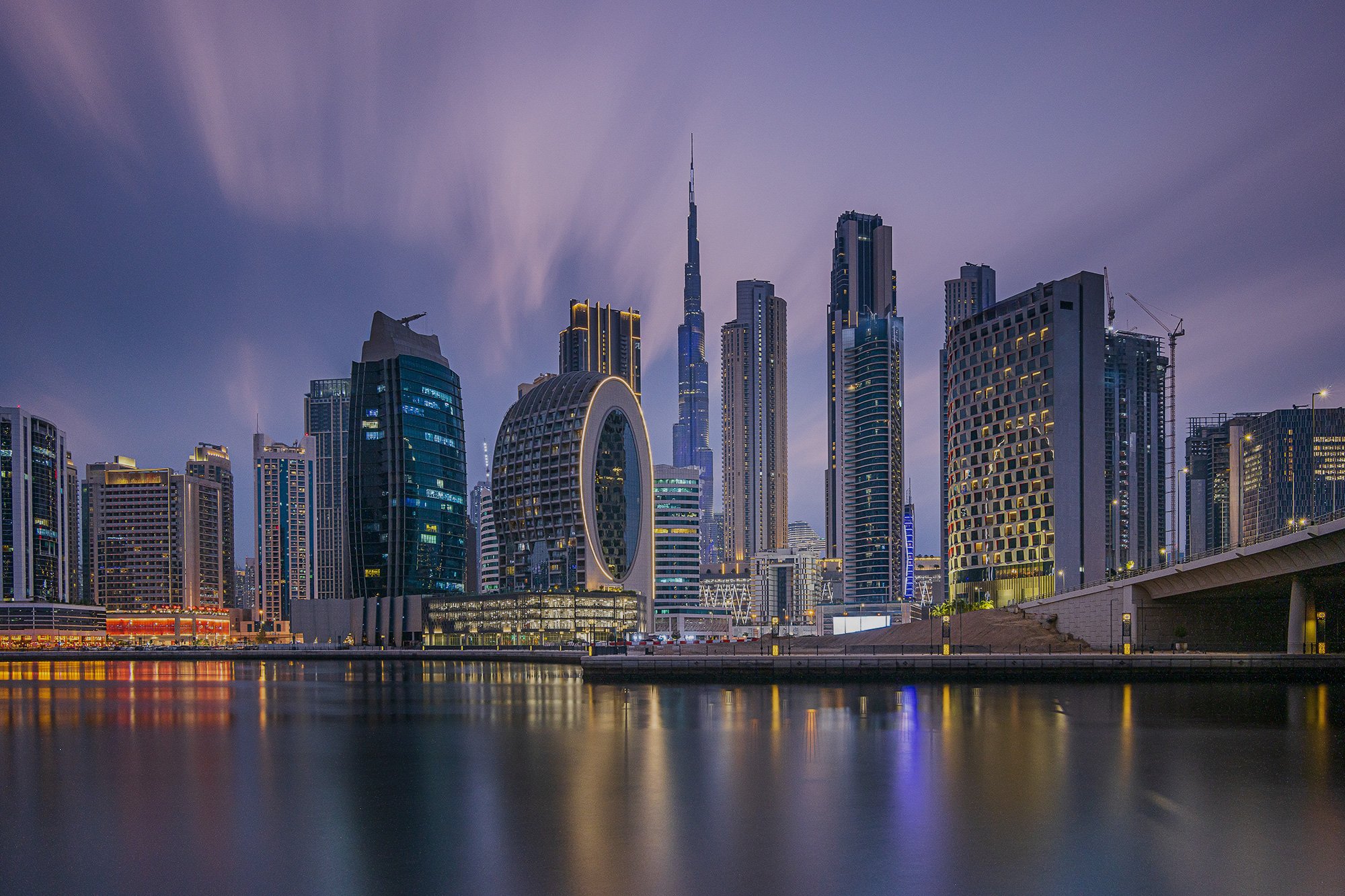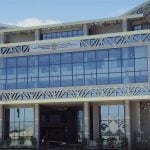Dubai is rapidly solidifying its status as one of the world’s leading financial centers, with its flagship business district — the Dubai International Financial Centre (DIFC) — achieving unprecedented growth in the first half of 2025. The momentum is largely powered by a wave of hedge funds and wealth management firms setting up operations, defying global economic headwinds and regional geopolitical concerns.
According to new data released by the DIFC, the number of newly registered companies soared by 32% year-over-year, reaching 1,081 new entrants between January and June 2025. This brings the total number of active companies in the hub to an all-time high of 7,700.
Among the fastest-growing sectors within the DIFC are hedge funds and wealth management firms. The number of hedge funds operating in the center jumped from 50 to 85 within a year, while wealth and asset management firms rose from 370 to 440. High-profile names such as BlueCrest Capital, PIMCO, and Transamerica Life Bermuda have recently joined the fold, further solidifying DIFC’s appeal as a financial destination.
A Global Wealth Magnet
Dubai’s rise in financial prominence is no accident. Its business-friendly environment, low-tax regime, and streamlined setup processes continue to attract major players from around the globe. The emirate is in an ongoing race with regional rival Abu Dhabi to become the primary Middle Eastern hub for global finance, and the results are increasingly visible.
In response to growing interest, the DIFC has been undergoing regulatory enhancements to make its environment even more accommodating for investment firms. This proactive approach, combined with an emphasis on innovation and international standards, has made it an especially attractive option for hedge funds seeking a base in the region.
Challenges of Success
But this explosive growth is not without challenges. As financial activity accelerates, living costs in Dubai have surged, and infrastructure is feeling the strain. Despite this, the DIFC has committed to scaling up its physical footprint, currently developing 1.6 million square feet of additional space to meet growing demand.
The hub’s workforce also continues to expand. Nearly 48,000 professionals are now employed within the DIFC, marking a 9% year-on-year increase — a clear indicator of the center’s vitality and draw for international talent.
Abu Dhabi Not Far Behind
Meanwhile, Abu Dhabi is charting a similar path. With access to a staggering $1.7 trillion in sovereign wealth, the capital’s financial district — the Abu Dhabi Global Market (ADGM) — is experiencing a boom of its own. Assets under management at ADGM increased by 33% in the first quarter of 2025, and its financial workforce has expanded to 29,000 on Al Maryah Island, where the center is headquartered.
While DIFC may be taking the spotlight now, the regional competition between the UAE’s two biggest financial hubs is likely to further elevate the country’s global investment reputation.
Dubai’s DIFC is not just growing — it’s transforming. With record-breaking expansion, a steady influx of global financial players, and proactive regulatory evolution, the emirate is positioning itself at the crossroads of East and West finance. As hedge funds and asset managers continue to look for stability, efficiency, and growth opportunities, Dubai’s star is set to shine even brighter on the global financial map.







Leave a Reply